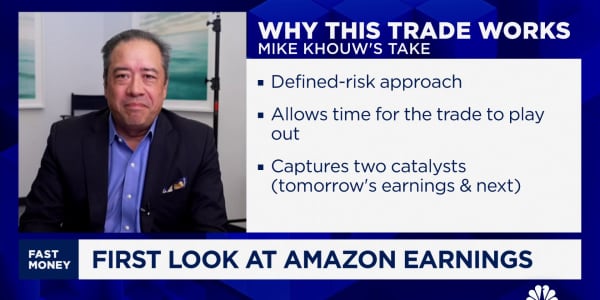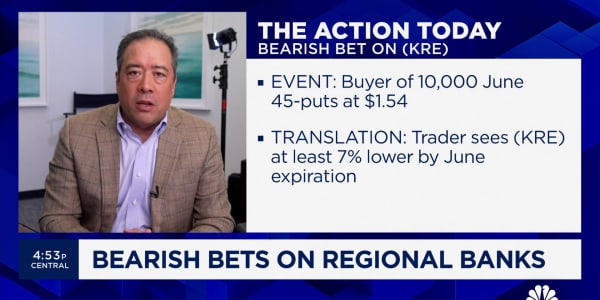


A curious divergence has developed in the commodities market, and that could lead to a big bounce for one group in particular, says technical analyst Carter Worth.
Commodities have been on fire this year as copper, gold, palladium and crude oil have surged a respective 26, 11, 33 and 38 percent in 2016. But as many of the metals surge, particularly on the heels of a Trump victory, soft ags — like wheat and corn — have gotten dragged through the mud.
According to Worth, the gap between industrial commodities and soft ags follows a historical trend that sees the latter climb back. Looking all the way back to 1981, Worth points out that there have only been five times in history when the spread between industrials and soft ags were 15 percent or more. But each time the spread gapped to that point, soft ags saw a pretty significant comeback in the following months.
In fact, on average foodstuffs commodities would outperform raw material commodities by about 16 percent a mere six months after the spread would appear. The spread last occurred on Nov. 9, a day after the election, but since then foodstuffs are actually outperforming raw materials by about 2 percent. Most notably, corn has rallied to return to its levels in January while soybeans maintained its stellar year, up 20 percent year to date.
Wheat remains the soft ags' sore spot, down 13 percent this year and struggling since its year-to-date high in June.
The bounce back in soft ags has the Cornerstone Macro technician thinking that "it's usually right to take the road less traveled," and that it may be time for investors to return to foodstuffs.
Soft ags rallied on Monday as the dollar fell to its lowest since mid-November. Since soft ags are also priced in dollars, a weaker dollar means that it typically takes more dollars to buy the same amount of foodstuff commodities.





